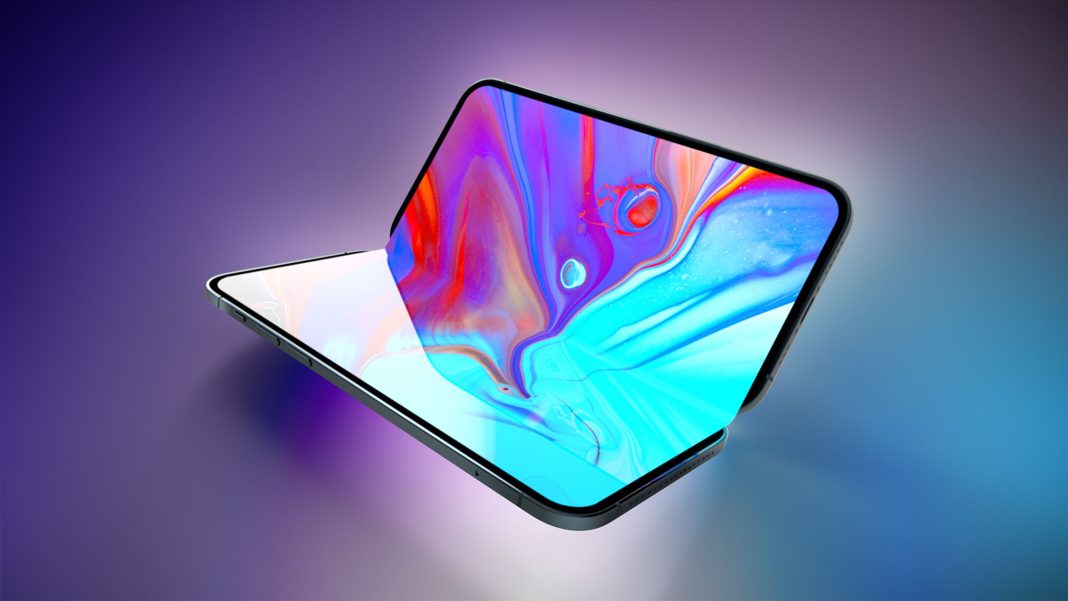The tech world is a flurry of whispers and anticipatory hums, particularly when it comes to the future of our most intimate devices. While competitors have been bending and folding their way into the market for a few years now, one giant has remained conspicuously absent: Apple. Rumors of a foldable iPhone have circulated for ages, generating immense excitement. However, recent indicators suggest that Apple’s entry into this segment might be further off than many hoped, possibly facing a significant delay.
The Apple Way: Perfection Over Haste
For those familiar with Cupertino’s playbook, a delay isn’t entirely surprising. Apple has rarely been the first to market with revolutionary product categories. Think about the MP3 player, the smartphone, or even the smartwatch. In each case, others paved the way, often stumbling through early iterations, before Apple swooped in with a refined, user-centric, and often industry-defining device. This isn’t mere coincidence; it’s a strategic pillar.
Their modus operandi is clear: observe, learn, and then execute with unparalleled polish. A foldable iPhone isn’t just about a bending screen; it’s about ensuring that the entire experience – from hardware durability to software optimization for the dual-screen interface – meets the stringent ‘Apple standard’. This commitment to an almost obsessive level of perfection often means taking more time. Rushing a product that could suffer from durability issues or a clunky user experience would be far more damaging to Apple’s brand equity than simply arriving late to the party.
Beyond the Hype: The Technical Hurdles
Developing a truly robust and seamless foldable device is an engineering marvel. Early foldable phones from other manufacturers faced significant hurdles, from screen creasing and delamination to complicated hinge mechanisms that didn’t feel quite right. These aren’t minor glitches; they strike at the core of the user experience and the device’s longevity.
Apple, known for its sleek unibody designs and incredibly resilient materials (or at least, the perception of them), would likely be unwilling to compromise on these fronts. The display technology itself needs to withstand tens of thousands of folds without degradation. The hinge must be smooth, silent, and withstand the rigors of daily use without developing play or becoming a dust trap. Furthermore, the software has to effortlessly adapt to various orientations and screen states, delivering an intuitive flow that feels native, not tacked on.
As one industry observer, Elara Vance, recently noted, “Building a truly Apple-grade foldable isn’t just about bending a screen; it’s about perfecting every tiny interaction, every pixel, every hinge cycle. That takes time, R&D, and an uncompromising approach to quality that few other companies can match.”
A Strategic Pause or a Missed Opportunity?
So, is this delay a strategic pause or a missed opportunity to capture an emerging market segment? For Apple, it’s almost certainly the former. While the foldable market is growing, it still represents a niche within the broader smartphone landscape. Apple’s existing iPhone lineup continues to sell in staggering numbers, fueled by a fiercely loyal customer base and a robust ecosystem. They aren’t under immediate pressure to chase every trend.
Instead, this delay allows Apple to not only perfect the technology but also potentially observe market trends, user preferences, and even future form factors. Perhaps they’re not just thinking about a foldable iPhone, but a device that blurs the lines between iPhone and iPad, offering an entirely new computing paradigm. When Apple finally does unveil its foldable, it’s highly probable it won’t just be another foldable, but something that redefines what we expect from the category.
The potential delay of Apple’s first foldable iPhone isn’t a sign of weakness, but rather a testament to their unwavering commitment to quality and user experience. While it may test the patience of eagerly awaiting fans, history suggests that when Apple finally decides to unfold its vision, it will likely be worth the wait. The anticipation only builds for what promises to be a meticulously crafted and deeply integrated device.




